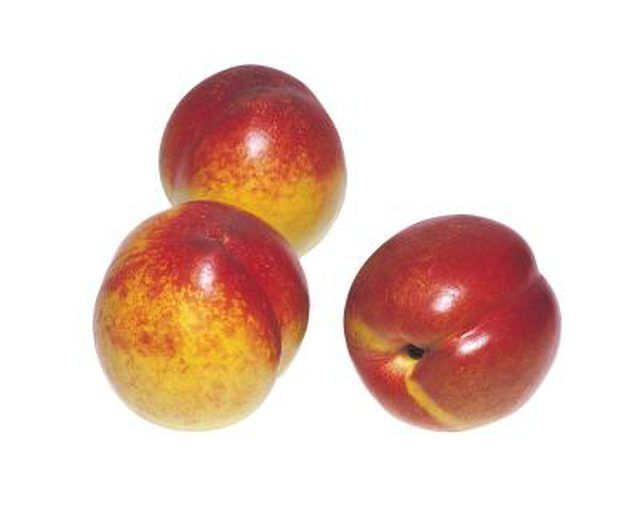Bulbs
Flower Basics
Flower Beds & Specialty Gardens
Flower Garden
Garden Furniture
Garden Gnomes
Garden Seeds
Garden Sheds
Garden Statues
Garden Tools & Supplies
Gardening Basics
Green & Organic
Groundcovers & Vines
Growing Annuals
Growing Basil
Growing Beans
Growing Berries
Growing Blueberries
Growing Cactus
Growing Corn
Growing Cotton
Growing Edibles
Growing Flowers
Growing Garlic
Growing Grapes
Growing Grass
Growing Herbs
Growing Jasmine
Growing Mint
Growing Mushrooms
Orchids
Growing Peanuts
Growing Perennials
Growing Plants
Growing Rosemary
Growing Roses
Growing Strawberries
Growing Sunflowers
Growing Thyme
Growing Tomatoes
Growing Tulips
Growing Vegetables
Herb Basics
Herb Garden
Indoor Growing
Landscaping Basics
Landscaping Patios
Landscaping Plants
Landscaping Shrubs
Landscaping Trees
Landscaping Walks & Pathways
Lawn Basics
Lawn Maintenance
Lawn Mowers
Lawn Ornaments
Lawn Planting
Lawn Tools
Outdoor Growing
Overall Landscape Planning
Pests, Weeds & Problems
Plant Basics
Rock Garden
Rose Garden
Shrubs
Soil
Specialty Gardens
Trees
Vegetable Garden
Yard Maintenance
How to Know When to Pick Nectarines From the Tree
How to Know When to Pick Nectarines From the Tree. Nectarine (Prunus persica nectarina) is a sub-species of peach (Prunus persica), so the fruit looks similar, except nectarines are usually smaller, smoother, redder and more aromatic. Fruit from nectarine may be yellow or white-fleshed. Some newer varieties may have a redder skin ground color and...

Nectarine (Prunus persica nectarina) is a sub-species of peach (Prunus persica), so the fruit looks similar, except nectarines are usually smaller, smoother, redder and more aromatic. Fruit from nectarine may be yellow or white-fleshed. Some newer varieties may have a redder skin ground color and firmer texture than older varieties, but taste can always indicate their ripeness. Picking nectarines before they are fully ripe but not immature is ideal, because fully ripe fruit may attract pests. For best results, nectarine needs to grow in U.S. Department of Agriculture plant hardiness zones 6 to 8.
Examine the color of the fruit, including the shaded areas where green may be concealed. When the green skin ground color changes to yellow or a cream color in white flesh nectarines, it is color breaking, indicating it is ripe for picking. Avoid selecting fruit that is an immature green color, which often results in poor quality, and avoid waiting until the fruit is a reddish color because it may attract pests.
Press gently on the suture line, the area from stem to blossom end on the fruit. Ideally, the fruit will feel firm, but the suture line will feel soft. Fruit that is green and small, and feels firm along the suture line needs more time to mature.
Pluck a fruit off the stem by pulling it toward you and twisting it. Taste it to tell if it is ripe. Sweetness indicates that it is ripe, even if the texture is crunchy. Fruit that tastes bitter is not ripe for picking.
Tips & Warnings
Nectarines can be fully ripened in a brown paper bag or fruit ripening bowl, and stored in a refrigerator for up to two weeks.